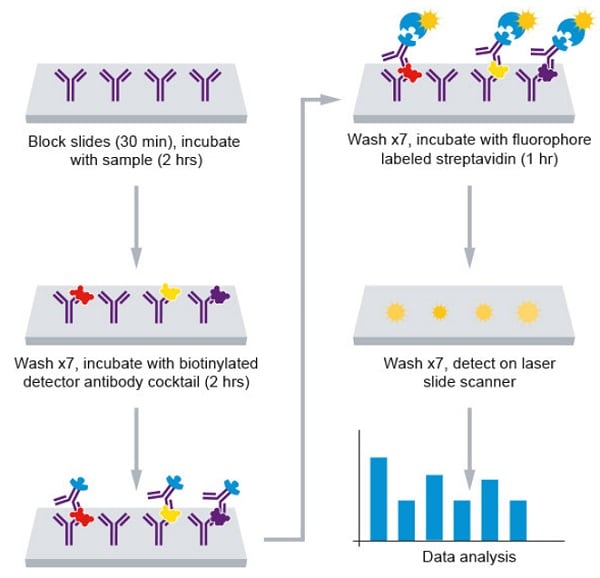

Yet, despite having a consensus approach and availability of multiple assay design options 13, 14, 15, anti-drug antibody testing remains a challenging endeavor owing to the increasing diversity and structural complexity in modern biotherapeutics. This collaborative effort has culminated in a multi-tiered testing paradigm that is described widely in publications 5, 6, 8, 9 and guidance documents from global regulatory agencies 10, 11, 12. In addition much progress has been made over the past two decades in devising a harmonized testing strategy for detection and characterization of anti-drug antibodies (ADA) to support investigations of unwanted immunogenicity 5, 6, 7. Today, the evaluation of unwanted immunogenicity is an integral component in the overall clinical safety assessment of new candidate biotherapeutic drugs and macromolecular delivery strategies 1, 2, 3, 4.

We believe the optimized direct binding assay design employing SULFO-TAG labeled Protein-A/G represents a useful analytical design for detecting serum ADA to biotherapeutics that lack an immunoglobulin Fc domain. This alternative data normalization approach improved normality, reduced skewness, and facilitated application of a parametric screening cut point. Lastly, we introduced use of the ratio of signal responses in biotherapeutic-coated and uncoated wells as a data transformation strategy to identify biological outliers. Secondly, we evaluated candidate blocker-diluents to identify ones producing the highest signal-to-noise response ratios. Accordingly, we first prepared a SULFO-TAG labeled conjugate of recombinant Protein-A/G to create a sensitive electrochemiluminescent secondary detection reagent with broad reactivity to antibodies across many species. We, therefore, initiated systematic optimization of the direct binding assay to adapt it for routine use in regulatory-compliant assays of serum anti-drug antibodies. However, the evolving structural complexity in contemporary biotherapeutics creates a need for on-going innovation in assay designs for reliable detection of anti-drug antibodies, especially for biotherapeutics that may not be well-suited for testing by a bridging assay. Today the evaluation of unwanted immunogenicity is a key component in the clinical safety evaluation of new biotherapeutic drugs and macromolecular delivery strategies.


 0 kommentar(er)
0 kommentar(er)
